Once again, overwintering numbers indicate another decline for the eastern Monarch Butterfly population.
Rather than counting individual Monarchs, the area they occupy in the winter is estimated. Recent updates from the Mexican reserve winter counts suggest that Monarchs are only occupying slightly more than two hectares of the overwintering site. Previous research estimated that an overwintering area of six hectares is what would be needed to recover the eastern Monarch Butterfly population to a sustainable number over a three year period.
This winter’s count is indeed worrying news.
However, the winter population only reflects the conditions of the previous year. Thus, there is still hope for the population in years to come. In fact, a report from Monarch Joint Venture further emphasizes the need for more collaboration among partners all along the eastern migratory route to restore Monarch Butterfly habitat.
Weather Plays an Important Role
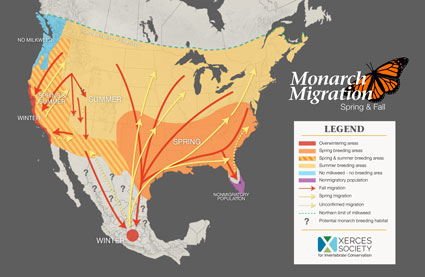
Spring weather in Texas is important in providing for the Monarch Butterfly’s first generation to lay eggs. These caterpillars then grow and become adults. The future generations then head north to Canada.
As for the Canadian portion of the Monarch range, these factors during spring migration are also key. Weather plays an important role in the ability to recolonize and breed in the northern portion of the summer range each year. While there is not much we can do to control the weather, we can ensure that the availability of breeding habitat is maximized. This will ensure that their ability to reproduce is maximized.
What Are We Doing to Help?
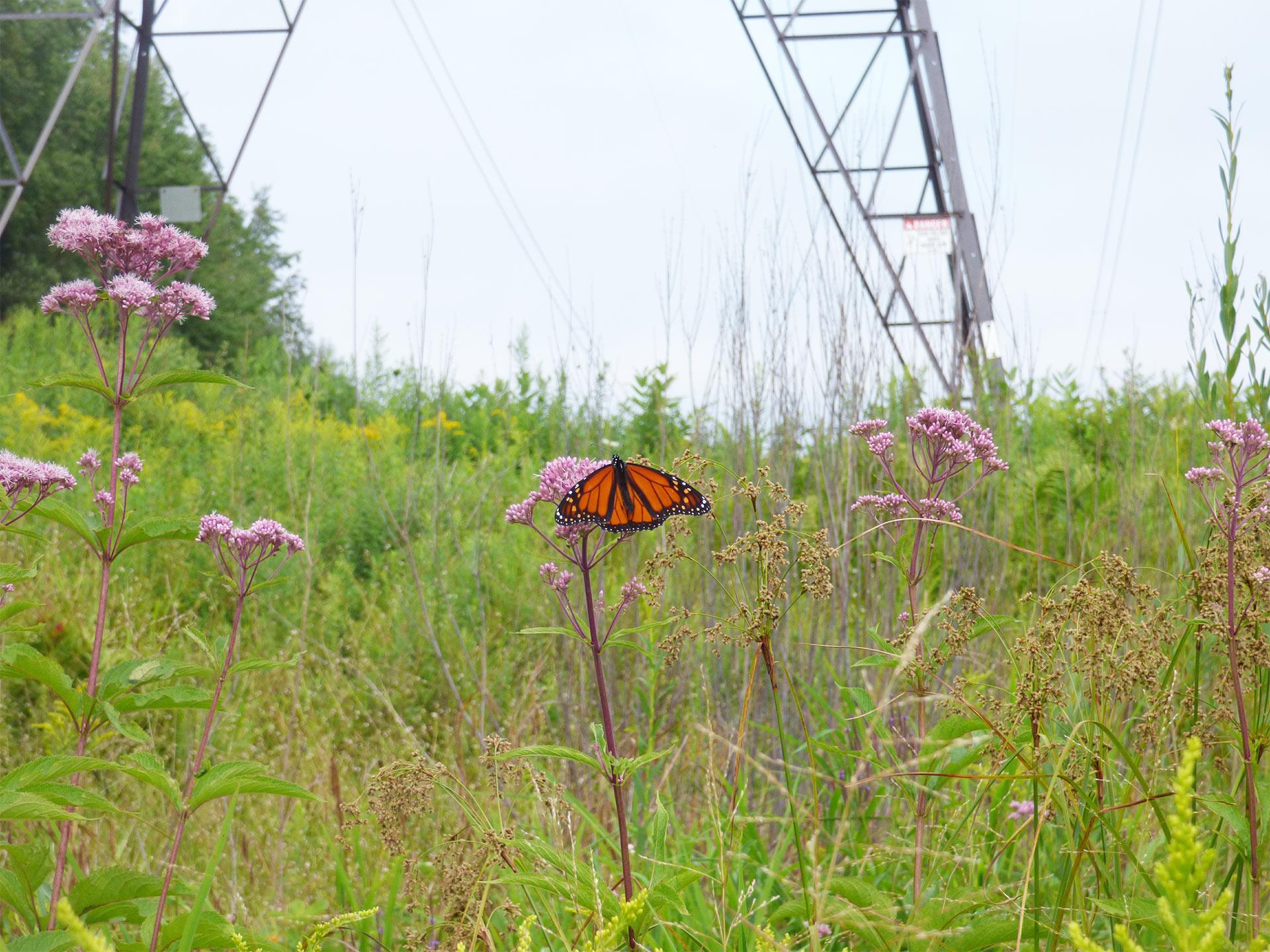
The Canadian Wildlife Federation has recently created a Rights-of-Way (ROW) pollinator habitat restoration program and we hope to expand our efforts to a wider geographic range. ROWs, such as roadsides and hydro lines, present great opportunities for restoring Monarch Butterfly habitat. For starters, there are more than 6,300 kilometres of ROW along the shoreline of Lakes Ontario, Erie and Huron west of Kingston that could be restored for Monarch Butterfly habitat.
Individuals can also support Monarch Butterflies by planting native plants, including lots of milkweed. If citizens and organizations can all contribute to breeding habitat along the migratory route, we can provide the eastern Monarch Butterfly with the food resources it needs to recover.
Learn more about the Monarch Butterfly and the Canadian Wildlife Federation’s work on this at-risk species.

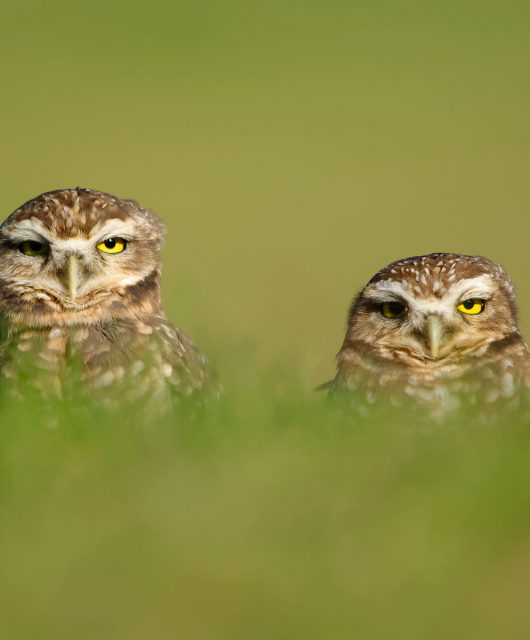
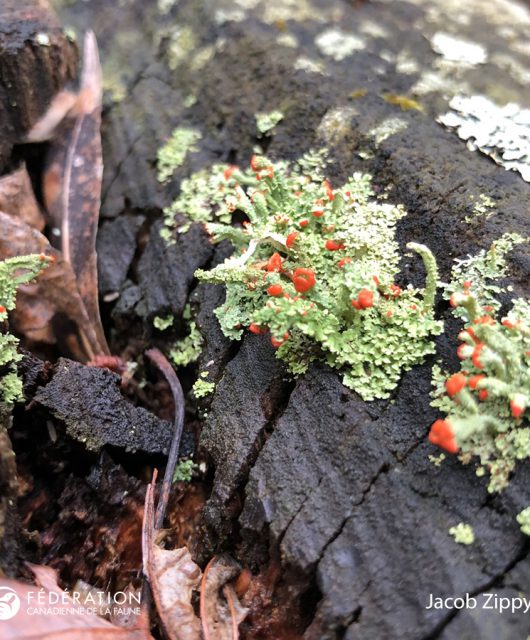
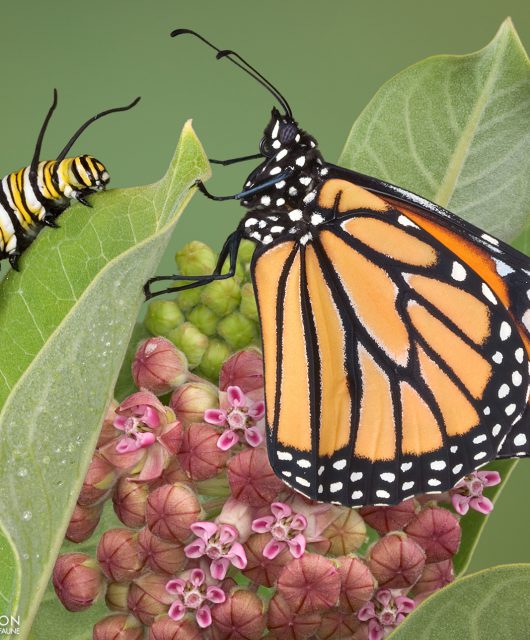
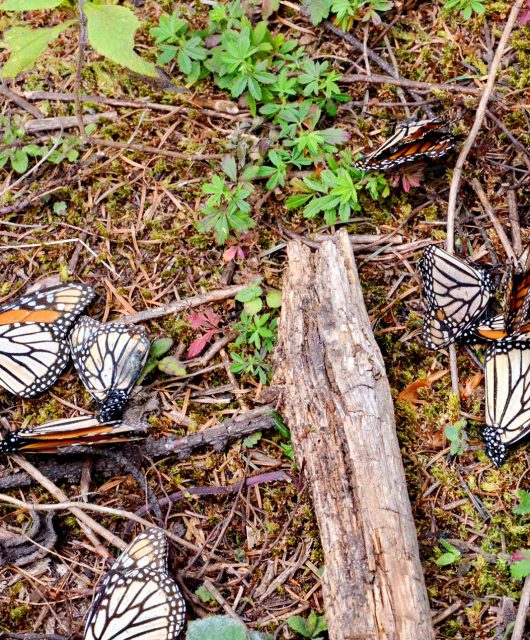
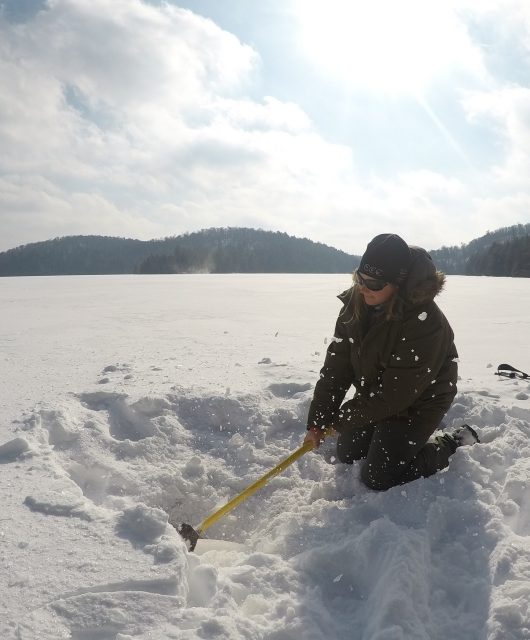
2 comments
Where can I purchase milkweed seeds or plants. I’ve not seen any in seed areas in any stores
Hi Michael
You can check out this list: https://cwf-fcf.org/en/explore/gardening-for-wildlife/plants/buy/native-plant-suppliers/
And in case your Home Depot carries them and maybe still has some left, you can check out our kits: https://cwf-fcf.org/en/explore/gardening-for-wildlife/plants/buy/medallion/